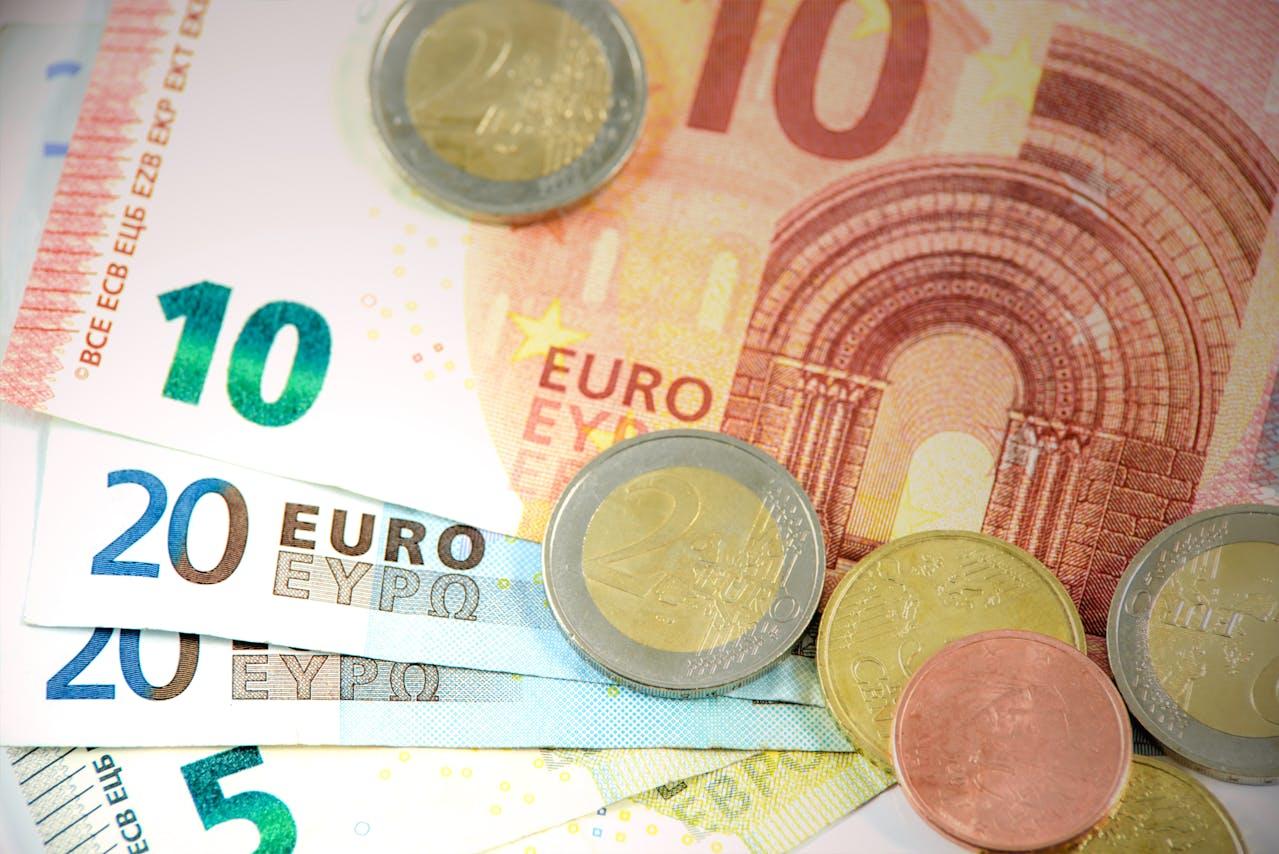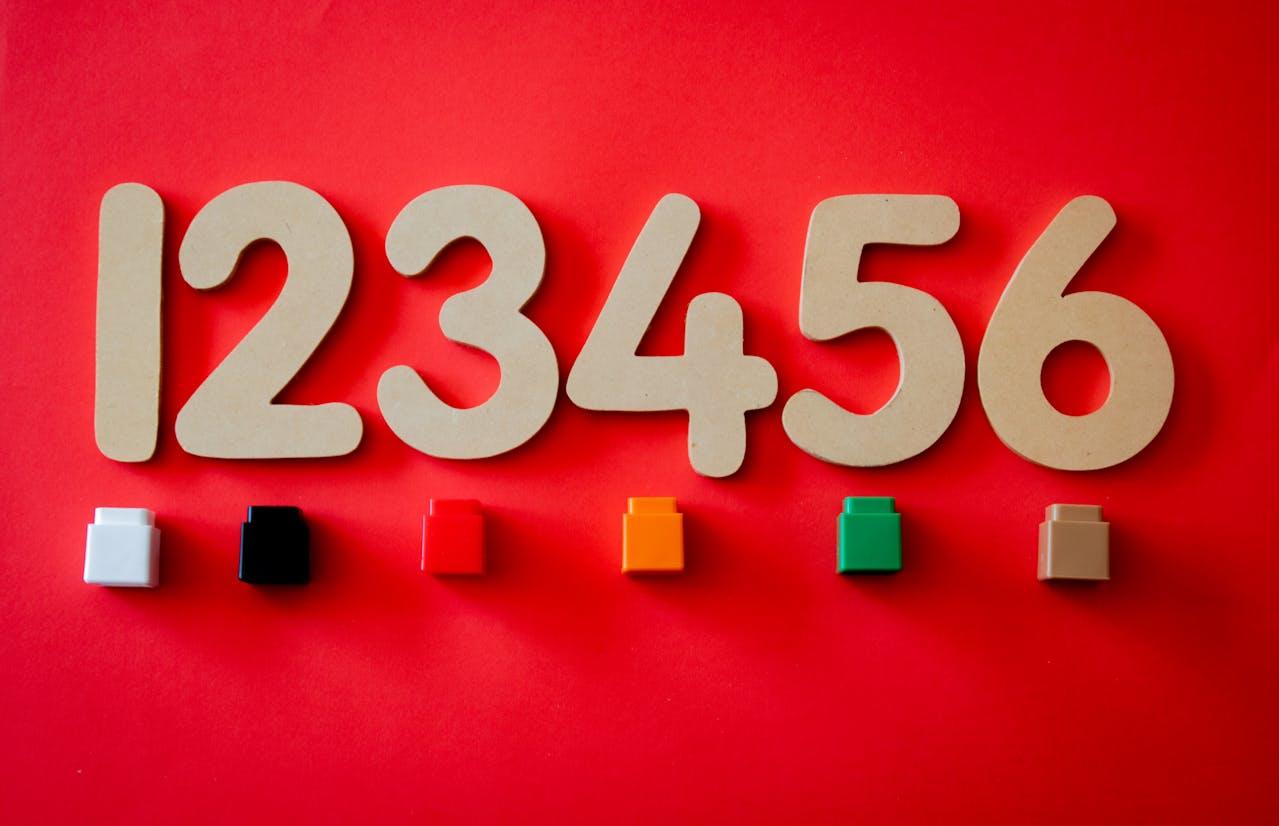Try to get by in any country without the use of numbers, and you’ll quickly come across issues. When you need to know which tram to get, or how much something costs, you’ll need to be able to chat to people and use the words that represent numbers.
Though writing numbers can be done in exactly the same way using digits, this won’t help you at all when you need to ask somebody about the cost of something or tell them the time.
So, we need to delve into the Italian number system, and how you can say these words and write them rather than using the digits.
If you plan to visit Italy or any Italian-speaking region, knowing the numbers will be immensely helpful for various situations such as ordering food, shopping, understanding prices, telling the time, and asking for directions. It enhances your ability to navigate everyday situations more effectively.

Basic Italian Numbers 1-10

The first step to take is to get the numbers from 1-10 perfected. You may well know a few of them, even if you don’t know Italian fluently. For instance, you may know uno for its similarity to “un” in French, and the fact that there is a popular game by the name! Quattro is the word for the number four, and is often used in cars, sometimes referring to a four-wheel drive.
The numbers from one to ten in Italian can be found below:
| Number | Written | Italian pronunciation | Audio |
|---|---|---|---|
| 1 | uno | ooh-noh | |
| 2 | due | dooh-eh | |
| 3 | tre | treh | |
| 4 | quattro | kwat-troh | |
| 5 | cinque | cheen-kweh | |
| 6 | sei | seh-eeh | |
| 7 | sette | set-teh | |
| 8 | otto | oht-toh | |
| 9 | nove | noh-veh | |
| 10 | dieci | dee-eh-chee |
Of course, these lower numbers are some of the most commonly used, so they help to build that foundational knowledge.
Counting to ten is not too difficult, and the main learning method is repetition. The same is true for the Italian alphabet.
You may find it useful to note some of the similarities with the English language or other languages you may already know. For example, the fact that both sei and sette start with the letter “S” just like six and seven in English.
The best method is simply repetition, going through these ten words time and time again can help you to gain a starting point. These ten will also relate to the other words for numbers (for instance, duecento means two-hundred, extrapolated from due which means two).
Building on Numbers: 11-100
If only it was as simple as the first ten numbers!
After we learn these, we need to go into the next ten, and then learn how to say digits like 21, 22, 23, and so forth. Luckily, the Italians do this in a similar way to us, with a word for 20 and then a way to say “and one” for instance.
The first ten will help you with some of these, quattordici for instance has the number 4 in it, and is extrapolated from quattro, in the same way that we take the number four and turn it into fourteen in English.
Numbers 11-20 in Italian:
| Number | Italian Word | Pronunciation | Audio |
|---|---|---|---|
| 11 | undici | oon-dee-chee | |
| 12 | dodici | doh-dee-chee | |
| 13 | tredici | treh-dee-chee | |
| 14 | quattordici | kwah-tohr-dee-chee | |
| 15 | quindici | kween-dee-chee | |
| 16 | sedici | seh-dee-chee | |
| 17 | diciassette | deech-ass-set-teh | |
| 18 | diciotto | deech-oh–toh | |
| 19 | diciannove | deech-ann-noh-veh | |
| 20 | venti | vehn-tee |
Once we get to venti, the numbers are then formulated in a different way. Venti itself is easy to remember as it rhymes with 20.
At this stage, we switch to the format of combining the words, such as ventuno for 21, which combines venti and uno.
This pattern can continue throughout the twenties, with 20-29 in Italian listed below:
| Number | Written | Italian pronunciation | Audio |
|---|---|---|---|
| 21 | ventuno | vehn-tooh-noh | |
| 22 | ventidue | vehn-tee-dooh-eh | |
| 23 | ventitré | vehn-tee-treh | |
| 24 | ventiquattro | vehn-tee-kwat-troh | |
| 25 | venticinque | vehn-tee-cheen-kweh | |
| 26 | ventisei | vehn-tee-sey | |
| 27 | ventisette | vehn-tee-set-teh | |
| 28 | ventotto | vehn-tot-toh | |
| 29 | ventinove | vehn-tee-noh-veh |
You’ll notice that the system for these numbers isn’t quite the same as ours. We are not just combining the numbers. 21 becomes ventuno rather than “ventiuno” and the last letter of venti is replaced by the first letter of uno. The same applies to 31 “trentuno” and 41 “quarantuno”. Other than this, the conjunction of the words is quite simple.
Here are all the “Tens” in Italian:
| Italian Translation | Number | Pronunciation | Audio |
|---|---|---|---|
| dieci | 10 | dee-eh-chee | |
| venti | 20 | vehn-tee | |
| trenta | 30 | (trehn-tah) | |
| quaranta | 40 | (kwah-rahn-tah) | |
| cinquanta | 50 | (cheen-kwahn-tah) | |
| sessanta | 60 | (seh-sahn-tah) | |
| settanta | 70 | (set-tahn-tah) | |
| ottanta | 80 | (ot-tahn-tah) | |
| novanta | 90 | (noh-vahn-tah) | |
| cento | 100 | (chen-toh) |

Practical Applications of Italian Numerals

So, how can you actually use these in conversation, rather than just being able to count to one hundred and beyond?
Let’s say you need to know which bus to get to if you want to reach a location. You will need your knowledge of numbers to understand the number of the bus.
Italian: "Quale autobus devo prendere per arrivare a Piazza San Marco?"
English: "Which bus do I need to take to get to Piazza San Marco?"
Italian Response: "Devi prendere l'autobus numero ventisei (26)."
English: "You need to take bus number twenty-six."
Ordering in restaurants is another practical use of Italian numbers. You may need to ask for certain numbers on a restaurant menu, or you may need to ask for multiple items.
Italian: "Vorrei ordinare due cappuccini e tre cornetti, per favore."
English: "I would like to order two cappuccinos and three croissants, please."
Saying Your Age In Italian
To say your age in Italian, you would use the phrase "la mia eta" or alternatively, you may wish to use the term “Ho (number) anni” which also explains how many years old you are.
For example:
"Ho ventidue anni." - I am twenty-two years old
"La mia età è ventidue anni" - My age is twenty-two years
So, to express your age in Italian, you would typically use the phrase:
"Ho [number] anni" - I am [number] years old)
"La mia età è [number] anni" - My age is [number] years
Big Numbers
Just like in English, large numbers can be something of a mouthful.
For this reason, it can feel very confusing if you are a newcomer to the language. You may not need to be able to say 7,849,301.5 in Italian very often, but it does help to get to grips with some of the larger numbers such as the thousands and millions.
1000 mille “one-thousand”
2000 duemila “two-thousand”
3000 tremila “three-thousand”
So you can see that “mille” means thousand and “mila” becomes the plural of this. So, the original numbers are then used along with “mila” to explain thousands. Tremila is a combination of three, and thousand.
If you need to say more obscure and less round numbers, the same method applies as in English, adding “and x”.
For example,
2006 becomes duemila e sei “two-thousand and six”
Another thing to note is the fact that numbers that end with 3 take an accent in the written form: 23 becomes ventitré, 33 becomes trentatré, and so on.
You may also need to use hundreds of thousands.
300,000 trecento mila “three-hundred thousand”
And finally you have these even bigger numbers:
1,000,000 un milione “one-million”
2,000,000 due milioni “two-million”
1,000,000,000 un miliardo “one-billion”
Not everybody needs to use massive numbers like this, certainly not in day-to-day conversation, but it helps to know them. “Milione” is also nice and easy to remember!
Tips For Learning Italian Numbers
Learning any language is confusing, and the numbers are a huge and challenging part of pretty much any language-learning pursuit. These basics, along with things like numbers and days of the week, form part of the vocabulary, and it is essential to at least learn basic numbers. There are some tips and tricks that may help you, along with repetition (the main method of learning Italian!)
- Begin by learning the numbers from 1 to 20, as these are the foundation for counting in Italian. Once you've mastered these, you can move on to larger numbers.
- Try to notice patterns in Italian numbers, such as similar endings or recurring syllables. For example, "venti" (twenty), "trenta" (thirty), "quaranta" (forty), and so on follow a similar pattern.
- Listen to recordings or native speakers saying Italian numbers and repeat after them. This helps improve your listening comprehension and pronunciation skills as well as building your basic vocabulary.
- Use Italian numbers in everyday conversations whenever possible. Practice saying your age, discussing prices, telling time, and giving quantities to become more comfortable using numbers in context.
- Play games or use apps designed for learning Italian numbers. Many language learning apps offer interactive exercises and games that make learning fun and engaging.
Learning Italian on your own can be very tough, and the best way to learn the languages is to talk frequently. Whether you are learning basics such as how to talk about the weather, or advanced Italian, a Superprof tutor can help you to ensure you are using Italian regularly and provide personalised feedback on pronunciation as well as a learning plan to reach a high level of fluency. Reach out to a tutor today and boost your Italian basics (or advanced learning).















